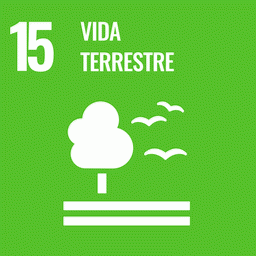The Cerrado Biome is considered one of the world’s biodiversity hotspots because of its rich biodiversity, the high level of endemism and the increasing threat. The Cerrado is composed by a mosaic of different vegetation types, including physiognomies that vary from grasslands (campo limpo) to savannas (typical cerrado or cerrado sensu stricto) and cerrado woodlands (cerradão). However, the factors that determine the composition of the Cerrado’s flora and the structure of the physiognomies that compose this biome are still poorly understood. Here, we investigate the influence of the chemical and granulometric properties of the soil and the effect of geographic distance on the occurrence and abundance of woody species in three Cerrado phytophysiognomies – cerrado woodland (cerradão), dense cerrado savanna and typical cerrado savanna – in the Cerrado-Amazon transition. We tested the hypothesis that the edaphic characteristics and geographic space determine the species composition and the structure of the woody vegetation of these three phytophysiognomies. We demonstrate that the dissimilarities in the structure and composition of the three sites were determined more by space (13% of explanation) than edaphic properties (1%), but primarily by the interaction between these two factors (26%). We conclude that, in situations where the chemical and granulometric properties of the soil are relatively homogeneous, as we found in the present study, geographic distance between sites has a greater influence than variation in the substrate’s properties on modelling the occurrence and abundance of the woody plant species in the Cerrado.
Deforestation in Mato Grosso's Amazon forest (Prodes/2015): characteristics, current policies and what needs to be done
IPAM and ICV present an analysis of clear-cutting trends detected by the official Amazon deforestation system, Prodes, between August 2014 and July 2015, plus an evaluation of control measures taken by State and federal governments.
